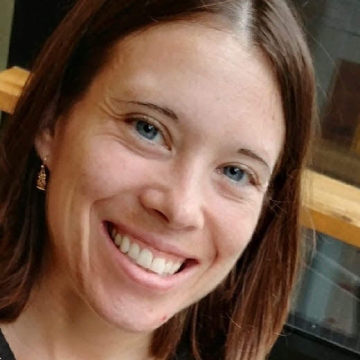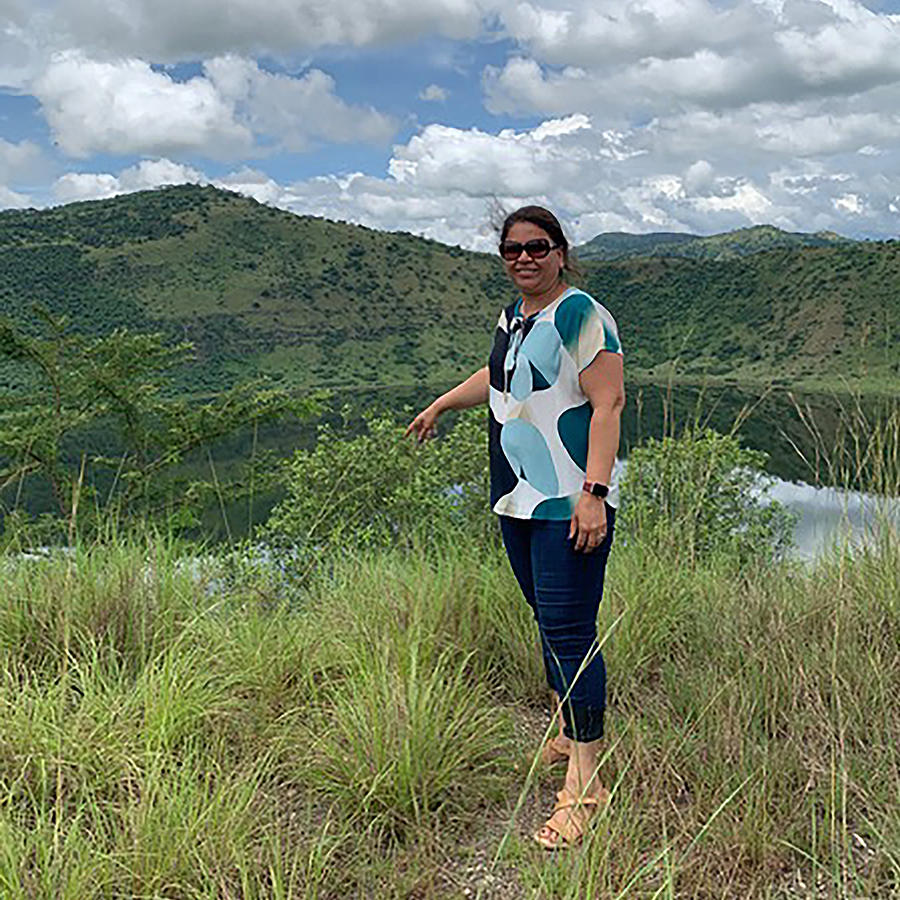Deadline pressure and the fear of making mistakes keep even experienced editors wedded to habits for which they know Microsoft Word provides more streamlined and efficient solutions.
Editing Electronically, a core course in the online Editing certificate, is the perfect opportunity for editors and aspiring editors to break themselves out of those ruts and explore the intricacies that Word has to offer.
Kelly Finefrock, previous instructor for the course, learned this firsthand when she completed the Editing certificate at the beginning of her career in publishing. At the time, having recently started at the University of Chicago Press at an assistant level, the support work she was doing, coupled with managing her own projects, made fitting everything into her schedule a complex feat of juggling.
“When I took the course as a student, I knew there was functionality in Word that could improve my accuracy and my efficiency, but I didn’t know how to access it,” says Finefrock, who is now a project editor at the University of Alabama Press. “After that class and the resources that I left it with, I was able to do my work faster and more confidently, which meant there was less pressure in my job. I really appreciated that.”
Time for Experimentation
From mastering basics like redlining to exploring some of Word’s more advanced customization possibilities, students leave Editing Electronically with a new suite of skills and a new understanding of the nooks and crannies of Word.
“Most people come with an understanding of the find and replace function, but you can take that to an entirely new level by incorporating wildcards to expand your search capability,” Finefrock notes. “The customization features built into areas like the ribbon let you tailor the software so that it really works for you. It’s a little tricky to get a handle on, but if you’re doing a lot of repetitive stuff, which we do when we’re editing, it can really speed up your work.”
The key, Finefrock notes, is taking the time to experiment and play around in a non-pressured environment. She encourages students to put copies of old projects into a playground folder on their computers. That way they can try out new techniques and take them further.
“The more you experiment with these features in Word, the more you’ll come to understand how Word will behave when you initiate these different processes,” she says. “And with that knowledge you can then make use of those features with greater certainty and competence."
Building Your Editing Muscle Memory
In addition to the focus on technology, the five-week online course illuminates the core components to the workflow of manuscripts as they move towards publication. By taking a single manuscript and following it step-by-step through the copyediting process, Editing Electronically begins with lessons in markup and cleanup before moving into the editing stage proper. The course concludes in the fifth week by mimicking the author review phase.
“That tends to be one of the favorite activities among the students, since it’s a partner exercise,” says Finefrock. “It’s an exercise that helps give them the author’s perspective on what it’s like to receive a manuscript full of changes and comments, but they can also see what another editor does with the same text, which is something they can draw both insight and inspiration from.”
In the end, Finefrock believes the value of Editing Electronically—and the online Editing certificate as a whole—lies in its ability to provide training and career benefits that are difficult to come by in the fast-paced, high-pressured world of publishing that editors encounter every day. In a way that is up to date and extremely hands on, the class opens the door to time-saving techniques that are often just an additional click or two away.
“The appeal of the Editing certificate is that you receive that structured formal training in a low-pressure environment,” Finefrock says. “This is the place to really build your editing muscle memory and to gain the essential skills. It’s a comfortable environment where it’s okay to stumble because you know there’s someone there to help you find your way.”






